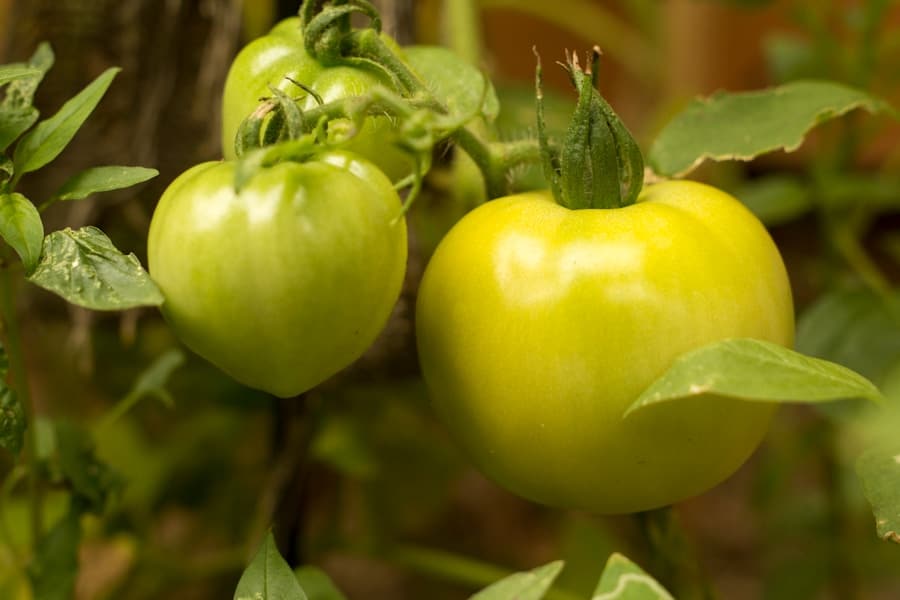Tomato seedlings, like all plants, require a balanced diet of essential nutrients to thrive and develop into robust, fruit-bearing plants. The primary macronutrients that tomato seedlings need are nitrogen (N), phosphorus (P), and potassium (K). Nitrogen is crucial for vegetative growth, promoting lush foliage and strong stems.
Phosphorus plays a vital role in root development and flower formation, while potassium is essential for overall plant health, aiding in water regulation and disease resistance. In addition to these macronutrients, tomato seedlings also require micronutrients such as calcium, magnesium, sulfur, and trace elements like iron, manganese, and zinc. These micronutrients, although needed in smaller quantities, are equally important for the overall health and productivity of the plants.
The nutritional needs of tomato seedlings can vary based on their growth stage. During the early stages of growth, seedlings benefit from a nutrient-rich environment that supports root establishment and foliar development. As they transition to the vegetative stage, the demand for nitrogen increases significantly to support leaf growth.
Once the plants begin to flower and set fruit, the focus shifts to phosphorus and potassium to ensure proper fruit development and overall plant vigor. Understanding these varying needs is crucial for gardeners aiming to cultivate healthy tomato plants that yield abundant fruit.


